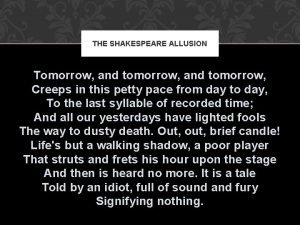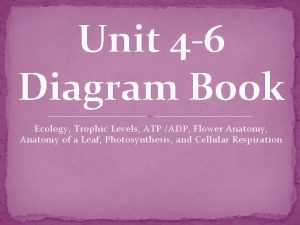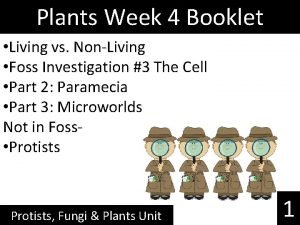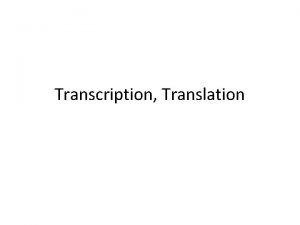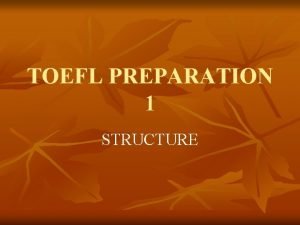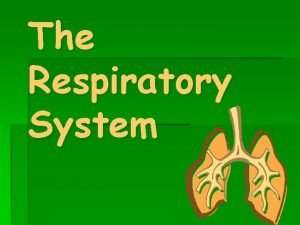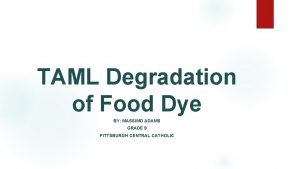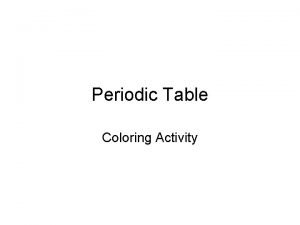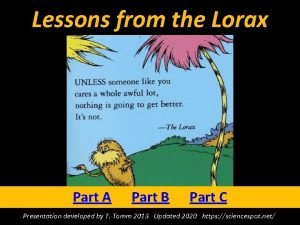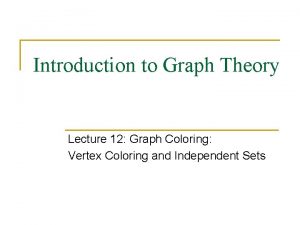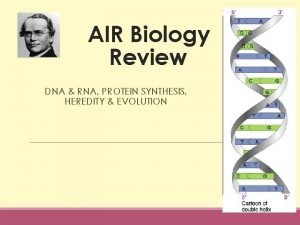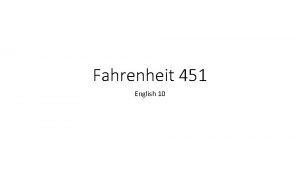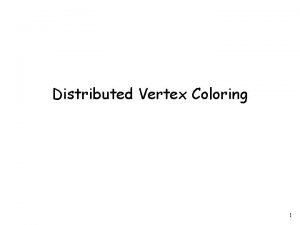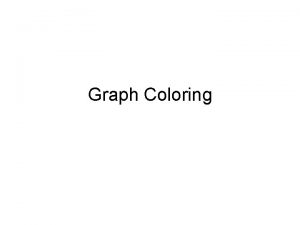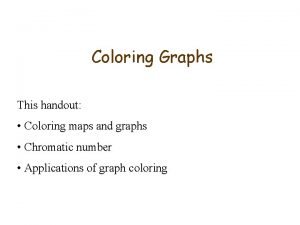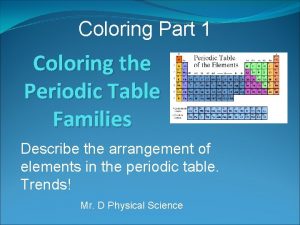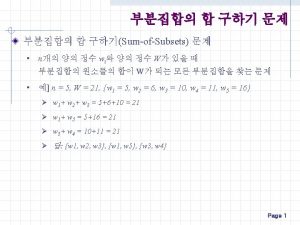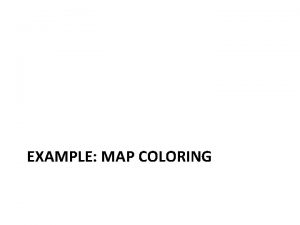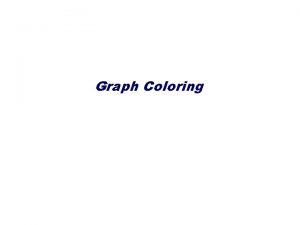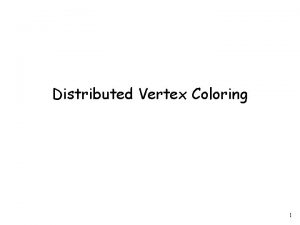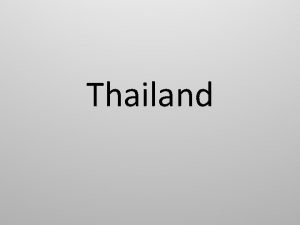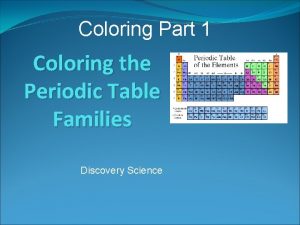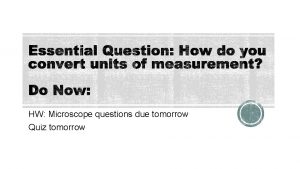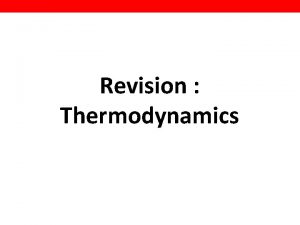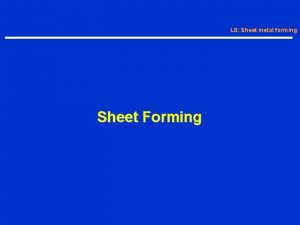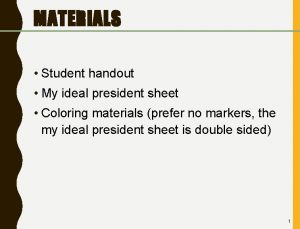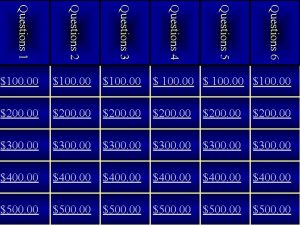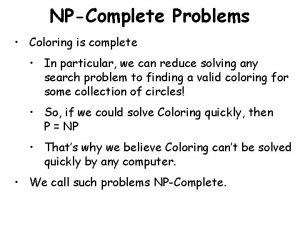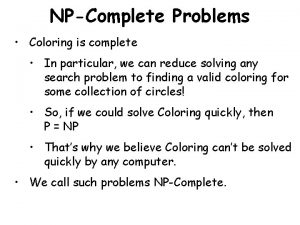Complete questions on Coloring sheet for tomorrow Complete























- Slides: 23

• Complete questions on Coloring sheet for tomorrow. • Complete ‘Scramble Words’ Vocabulary sheet for Wednesday. • Quiz on Thursday on the vocabulary for Annelida

The segmented worms “annelus” - little ring I’m metameric

3 classes of Annelida Class Polychaeta – mostly marine fanworms, bristle worms, tube worms

Feather duster worms ( Polychaetes) Filter feeder

Class Oligochaeta - earthworms

Class Hirudinea - leeches

General characteristics • segmented body • coelomate

• Bilateral symmetry • Longitudinal and circular muscles • Setae/ bristles used for locomotion • Soft bodies – hydrostatic skeleton Respiration: • In feather duster worms – gills • Earthworms – moist skin

Specialized structures: Ex. Earthworm • Prostomium – used for sensing and digging through the soil.

• Earthworms have a closed circulatory system: • Blood flow in blood vessels – dorsal and ventral. • They have 5 pumping ‘hearts’ called pseudo-hearts or aortic arches. (Color red)

Segments


• Digestive system: Mouth, Pharynx, Esophagus, • Crop (store food), gizzard (ground up food), intestine (digestion), anus (excretion) Color Green


• Ganglia form ‘brain’. Has a ventral nerve cord. Color Blue • Nephridia for excretion • Clitellum – Secretes mucous ring for fertilization.

Nephridia – Helps with excretion of nitrogen containing wastes.

Reproduction: Example - Earthworm • Sexual reproduction • Hermaphrodites – Male and Female reproductive structures. Eggs produced in ovaries • Worms exchange sperm: Sperm produced in testes. Seminal receptacles receive the sperm from the other worm during mating. Seminal vescicles store sperm from other worm. • External fertilization in a mucous ring which becomes a cocoon. Mucous ring forms at clitellum.

Male Female

http: //www. sciencelearn. org. nz/Science-Stories/Earthworms/Sci-Media/Video/Physical-adaptations-for-life-underground



Mode of nutrition: Some are filter feeders – Tube worms Some are carnivores – Nereis Earthworms feed on decaying vegetation.

Movement: • Body muscles and a hydrostatic Skeleton. • Marine annelids have parapodia Used for swimming and crawling • Earthworms have bristle like Setae to help with movement.
 Tomorrow and tomorrow and tomorrow
Tomorrow and tomorrow and tomorrow Tomorrow and tomorrow and tomorrow kurt vonnegut analysis
Tomorrow and tomorrow and tomorrow kurt vonnegut analysis Due tomorrow do tomorrow
Due tomorrow do tomorrow Due tomorrow do tomorrow
Due tomorrow do tomorrow Leaf anatomy coloring worksheet answers
Leaf anatomy coloring worksheet answers Protist coloring sheet answer key
Protist coloring sheet answer key Physical verification of stock
Physical verification of stock Coloringws
Coloringws Transcription and translation coloring
Transcription and translation coloring Skill 24 adjectives and adverbs
Skill 24 adjectives and adverbs Respiratory system coloring page
Respiratory system coloring page Adams food coloring
Adams food coloring Welsh powell algorithm
Welsh powell algorithm Periodic table coloring assignment
Periodic table coloring assignment Periodic table coloring activity doc
Periodic table coloring activity doc Pentecost sunday crafts
Pentecost sunday crafts The lorax environmental science worksheet
The lorax environmental science worksheet What is an independent set in a graph
What is an independent set in a graph Hair coloring 101
Hair coloring 101 Dna double helix coloring worksheet answer key
Dna double helix coloring worksheet answer key Fahrenheit 451 coloring by number answer key
Fahrenheit 451 coloring by number answer key Winter coloring page
Winter coloring page Anatomy and physiology coloring workbook chapter 14
Anatomy and physiology coloring workbook chapter 14 Balancing chemical equations coloring snowman
Balancing chemical equations coloring snowman
